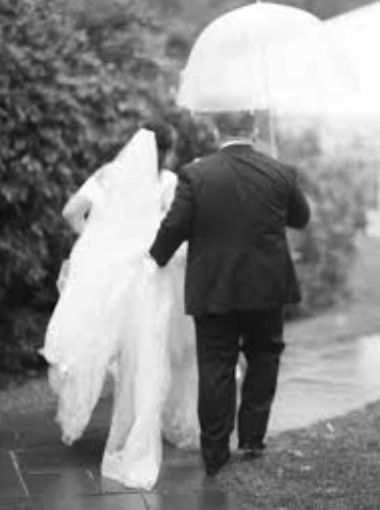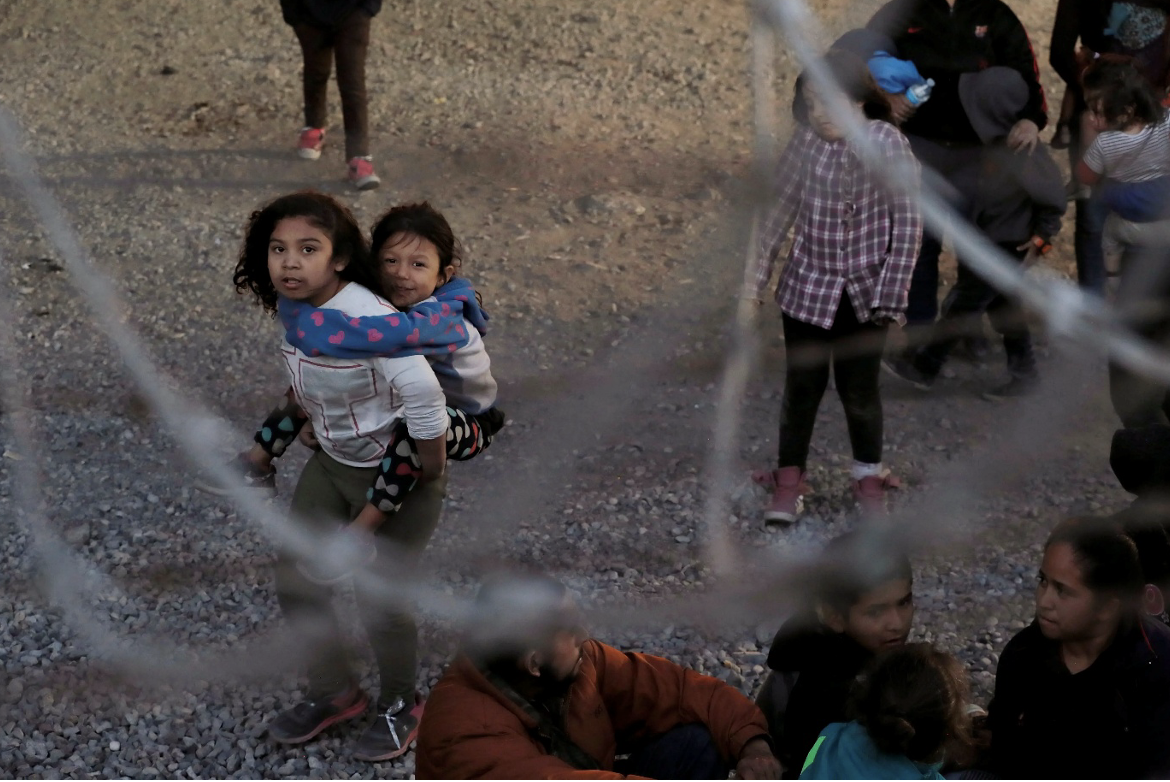Cross of Trouble
The cross came to be important to more than just the students and staff of the college.

It was found amongst an inoffensive pile of timber during a cleanup at the college. A librarian of memory knew what it was and knew something of its history. Like other artifacts of times past, it was placed in the library’s archives, and there it has remained.
It was a cross. And its bibliognost saviour knew that it had once been carried out into the middle of Rugby Park in Kirikiriroa (Hamilton) prior to a game of rugger between the All Blacks and Springboks. And photographed. And shown on the news. A cross of trouble.
It was 1981. The Springbok team representing the apartheid South African regime were here. Most New Zealanders didn’t want them here. All the mainline Christian denominations opposed them being here. Massive protest marches resulted. But the Muldoon government said they could come anyway.
So disruption was planned. Like that at Hamilton when protestors pulled down a wire fence and ran onto the pitch, effectively ending any prospect of the game continuing. Many who had come to watch that game were angry, and some turned violent.
It was a troubled and violent time in New Zealand’s history. As Ross Meurant of the notorious police Red Squad later said, “We smashed, bashed and ploughed our way through thousands of protesters, passive and volatile alike.” And some protestors still suffer from those injuries.
The cross had been made for the purpose of protest and disruption. It was made by a theological student in his garage, and blessed by the then bishop of Auckland. Not that the students told the bishop what the cross he was blessing was for. But the bishop, Paul Reeves, was no fool.
The Hamilton disruption, with that cross held high, identified the national theological college for Anglicans and Methodists – St John’s in Auckland – as siding with those opposed to the tour, as siding with those trying to pull down the fences of the apartheid regime.
It also provided a target for some amongst the pro-tour population. There was an attempt to burn the college down. There were abusive phone calls and other threats. Students, in shifts, patrolled the college grounds at night.
After Hamilton the cross accompanied the students on many marches and other forms of protest over the 56 days the Springboks were here. The police, so one of the stories goes, deemed that cross an offensive weapon.
And not just the police. In many churches throughout the country parishioners struggled with the idea that the cross could be used as a symbol of opposition to something that the duly elected government had decided. Many, like the then bishop of Wellington, believed Christians were under an obligation to obey the law of the land. And those who disrupted, and sometimes broke the law, were ‘anarchists.’
After the 1981 tour, that cross of trouble did not retire to some decorative role in church worship. The injustices of South Africa, writ large during the tour, resonated with many Maori leaders and activists in Aotearoa. Protest shifted to support the challenge to how Waitangi Day was commemorated, and to support the ongoing struggle of Ngati Whatua o Orakei at Bastion Point. That cross, with students in toe, would appear on marches, at hui, and at vigils.
I remember once driving north to Waitangi in an old red Kombi van, with a group of youth adults, and that cross strapped up to the inside of the roof. At a police checkpoint (such things existed back then), the van received significant attention from the constabulary (the Maori teenagers in the van seemed to attract their attention). The cross though, to the teenagers’ delight, remained undetected.
For the cross came to be important to more than just the students and staff of the college. The more it was carried, the more places it went to, the more it was seen by those struggling, the more it seemed as if somehow the God of the establishment - the God of churches, dressing up on Sundays, and being apolitical - had taken off some of that respectability to align with causes that most of the older, pakeha, political masters of the country opposed.
Around that cross, and around what it came to symbolise, gathered in person or in sympathy, a different way of understanding what faith could be about. And young people felt it, and old ‘anarchists’ rejoiced.
Many of the students from those days left St John’s, were ordained, and then lasted only a few years as ministers in parishes before finding other avenues to express their faith. Those two ways of understanding faith didn’t sit comfortably together.
And the college too, egged on by some of its governors, trustees, and critics, walked back from being at the forefront of socio-political protest, and returned to study, exams, and being what parishes said they wanted – producing ministers who were polite, decent, and didn’t get arrested.
So that offensive cross fell into disuse. New memories weren’t made, and old ones forgotten. It was just a couple of planks of wood, stacked with other wood, awaiting a clean-out. Until a librarian came to the rescue. Now it’s a museum piece




